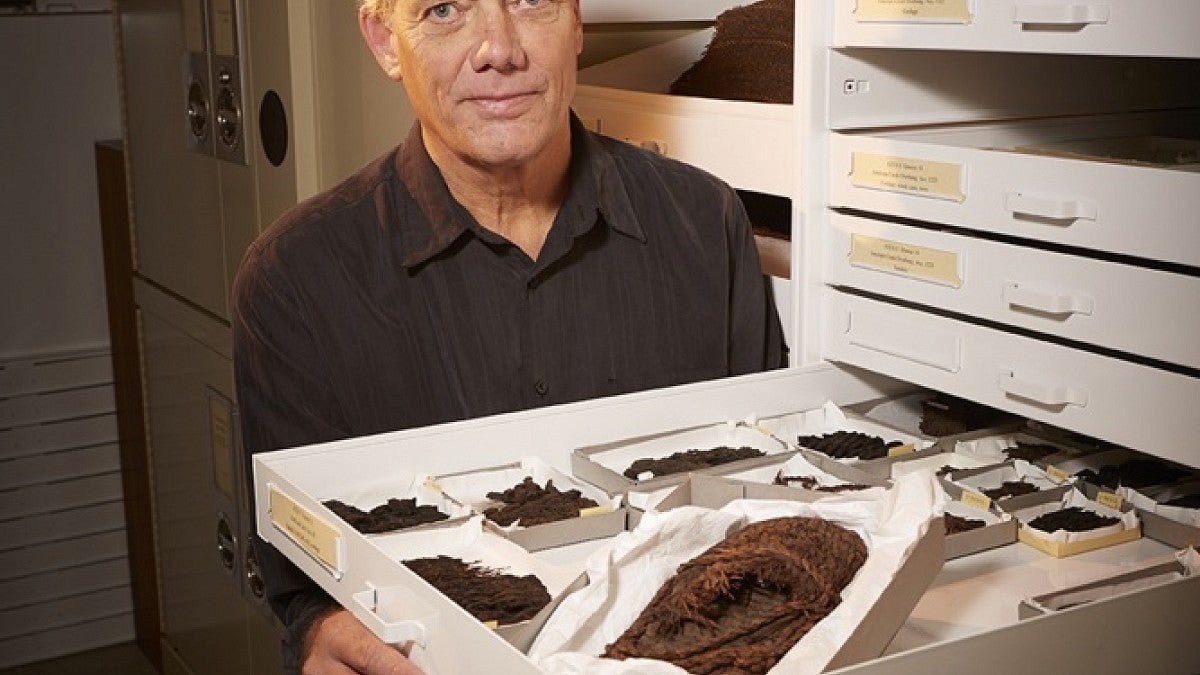Archaeologists in California have released a study of a dig site where they say humans broke open mastodon bones with rocks, to harvest the marrow inside. A sensible plan, seeing as marrow is nutritious and there is no small quantity inside such a large bone.
The only problem? These bones are from 130,000 years ago — more than 100,000 years before most researchers believe humans arrived in America.
Many experts, including the UO’s Jon Erlandson, are disputing these findings. They say the breaks were probably caused by natural events and want more concrete evidence, such as human-made tools or human fossils, before they’ll believe it.
“As scientists we’re supposed to keep an open mind, but this discovery is hard to wrap my mind around because it falls so far beyond the realm of accepted knowledge,” said Erlandson, an archaeologist and director of the UO’s Museum of Natural and Cultural History. “I’m not opposed to controversial theories, but if it’s really 130,000 years ago it just raises so many questions.”
Unanswered questions include who these people were, how they got to California and why there isn’t any other signs of them.
The story, and Erlandson’s comments, were picked up by dozens of news outlets around the world. For a sampling, see:
- “Could these mysterious mastodon bones rewrite the history of the Americas?” in The Christian Science Monitor
- “Scientists Say People Arrived Earlier Than Thought in North America” in The Wall Street Journal
- “Ancient Bones Spark Fresh Debate over First Humans in the Americas” in Scientific American
- “Were humans in the Americas 100,000 years earlier than scientists thought?” in Science Magazine
- "Ancient humans may have reached Americas 100,000 years earlier than thought” in USA Today
- “A New Study Says Humans Were in America 130,000 Years Ago” in The Atlantic


